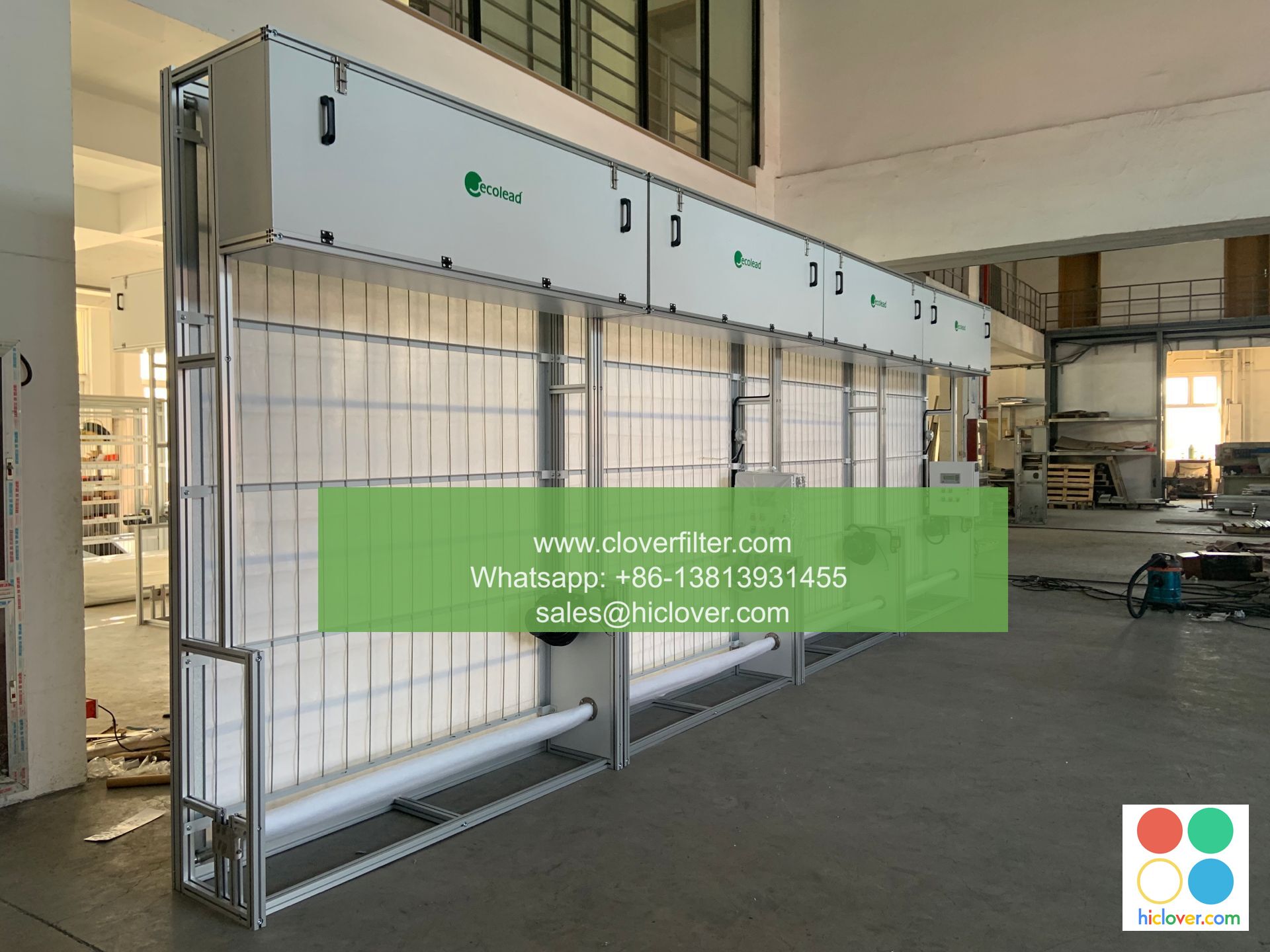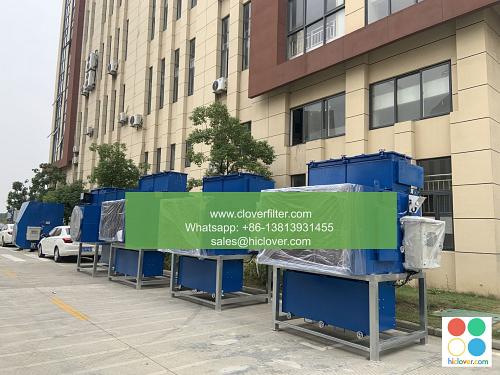Filtration Systems for Oncology Research Labs: A Review of Automatic Roll Air Filters

Oncology research labs require advanced filtration systems to maintain a sterile and controlled environment for conducting sensitive experiments and handling hazardous materials. One crucial aspect of these systems is the use of automatic roll air filters, which play a vital role in removing airborne contaminants and maintaining optimal indoor air quality. In this article, we will review the application of automatic roll air filters in oncology research labs, highlighting their benefits, features, and nanofiltration capabilities.
Introduction to Filtration Systems in Oncology Research Labs
Oncology research labs handle various hazardous materials, including chemical carcinogens, biological agents, and radioactive substances. To prevent cross-contamination and ensure a safe working environment, these labs require sophisticated air filtration systems that can capture submicron particles and volatile organic compounds (VOCs). Automatic roll air filters are designed to meet these demands, providing a reliable and efficient means of maintaining optimal indoor air quality.
Application Areas of Automatic Roll Air Filters in Oncology Research Labs
Automatic roll air filters have various applications in oncology research labs, including:
* Laboratory fume hoods: These filters are used to capture hazardous fumes and particles generated during laboratory experiments, preventing occupational exposure to toxic substances.
* Clean rooms: Automatic roll air filters are used to maintain a sterile environment in clean rooms, where cell culture and biological experiments are conducted.
* Animal research facilities: These filters are used to prevent the spread of animal allergens and zoonotic diseases in animal research facilities.
* Pharmaceutical preparation areas: Automatic roll air filters are used to maintain a controlled environment during the preparation of chemotherapy agents and other pharmaceuticals.
Key Features and Benefits of Automatic Roll Air Filters
Automatic roll air filters offer several benefits, including:
* High-efficiency filtration: These filters can capture 99.97% of particles as small as 0.3 microns, ensuring optimal indoor air quality.
* Low maintenance: Automatic roll air filters are designed for easy replacement and disposal, reducing maintenance costs and minimizing laboratory downtime.
* Energy efficiency: These filters are designed to minimize energy consumption, reducing the overall cost of operating the filtration system.
* Nanofiltration capabilities: Some automatic roll air filters are designed with nanofibers that can capture ultrafine particles and nanoparticles, providing enhanced filtration performance.
Conclusion
In conclusion, automatic roll air filters are a crucial component of filtration systems in oncology research labs, providing a reliable and efficient means of maintaining optimal indoor air quality. Their high-efficiency filtration capabilities, low maintenance requirements, and energy efficiency make them an ideal choice for various application areas, including laboratory fume hoods, clean rooms, animal research facilities, and pharmaceutical preparation areas. As research in oncology continues to evolve, the importance of advanced filtration systems, including automatic roll air filters, will only continue to grow, enabling scientists to conduct sensitive experiments and handle hazardous materials in a safe and controlled environment.

